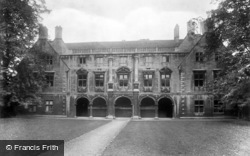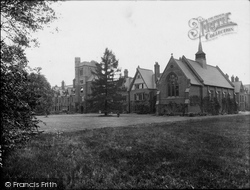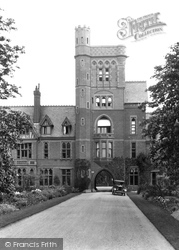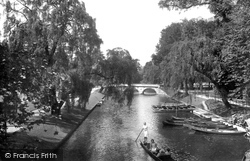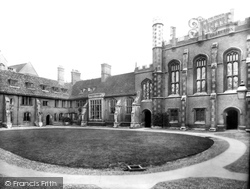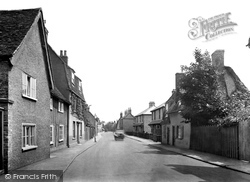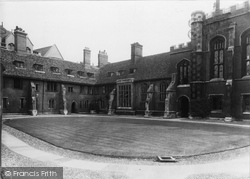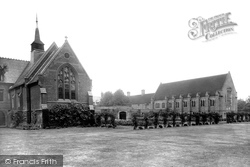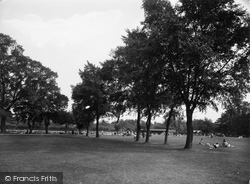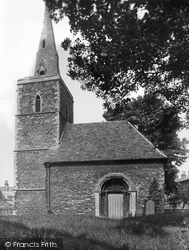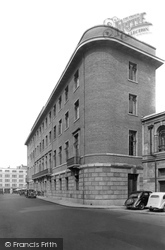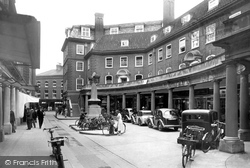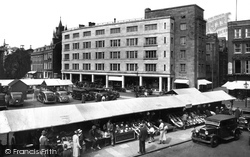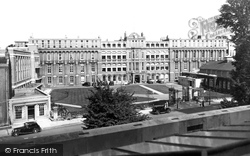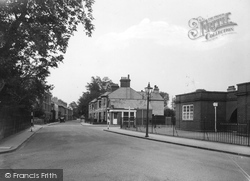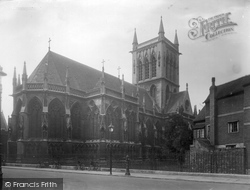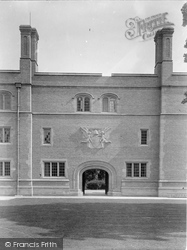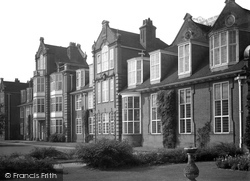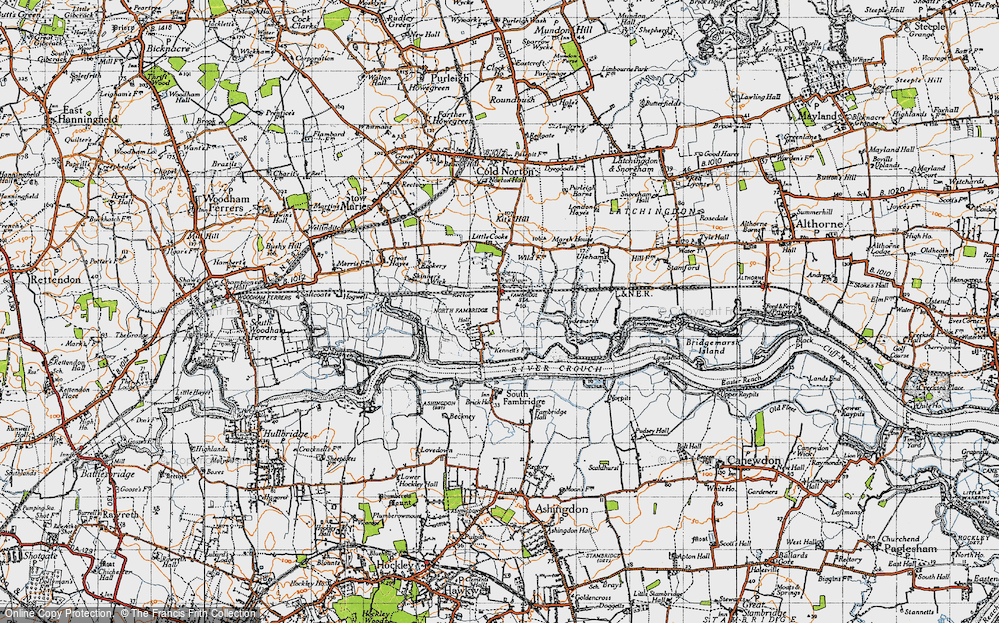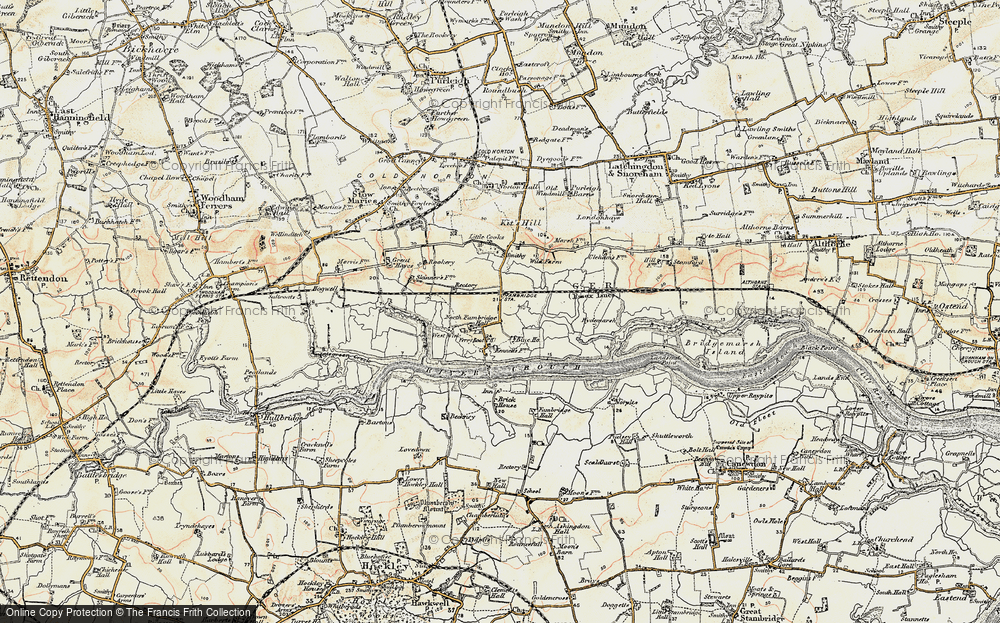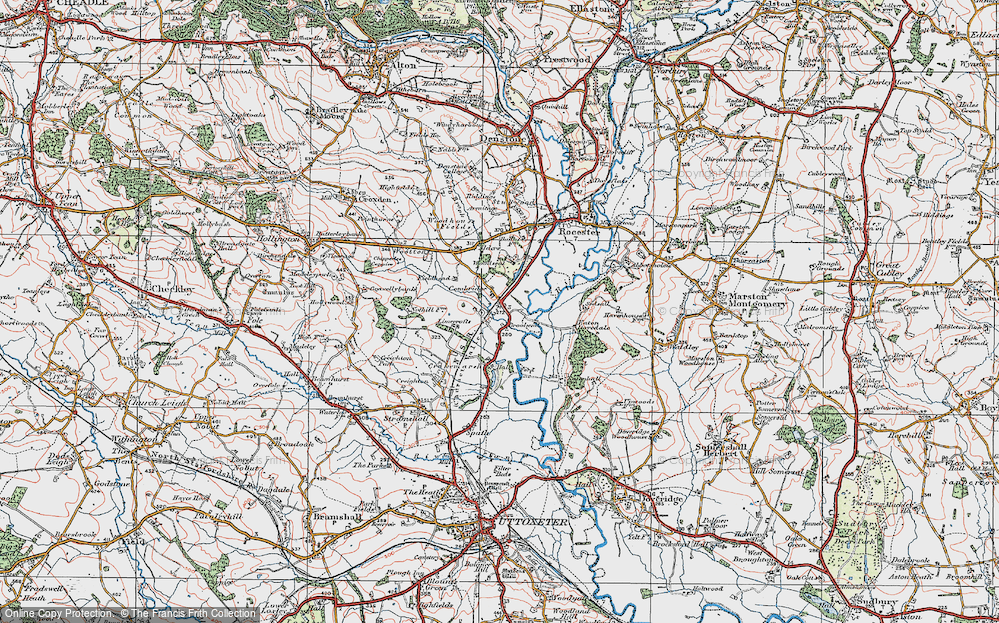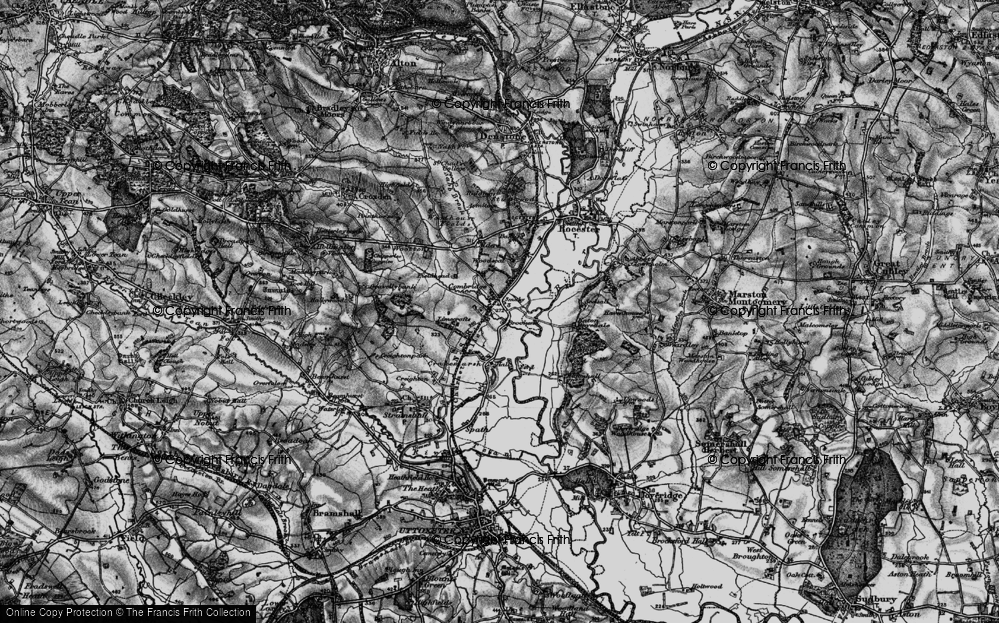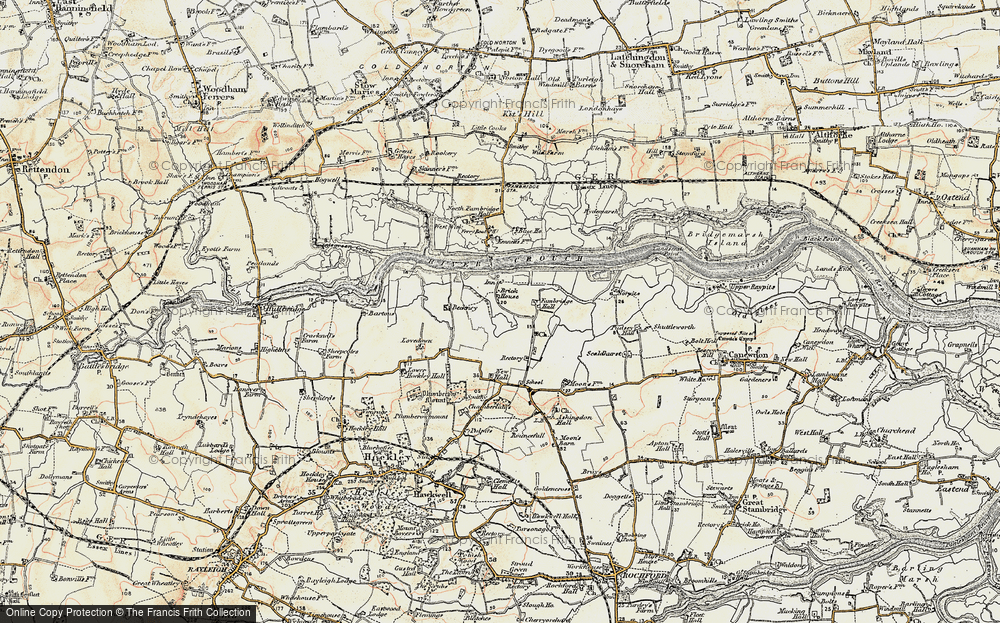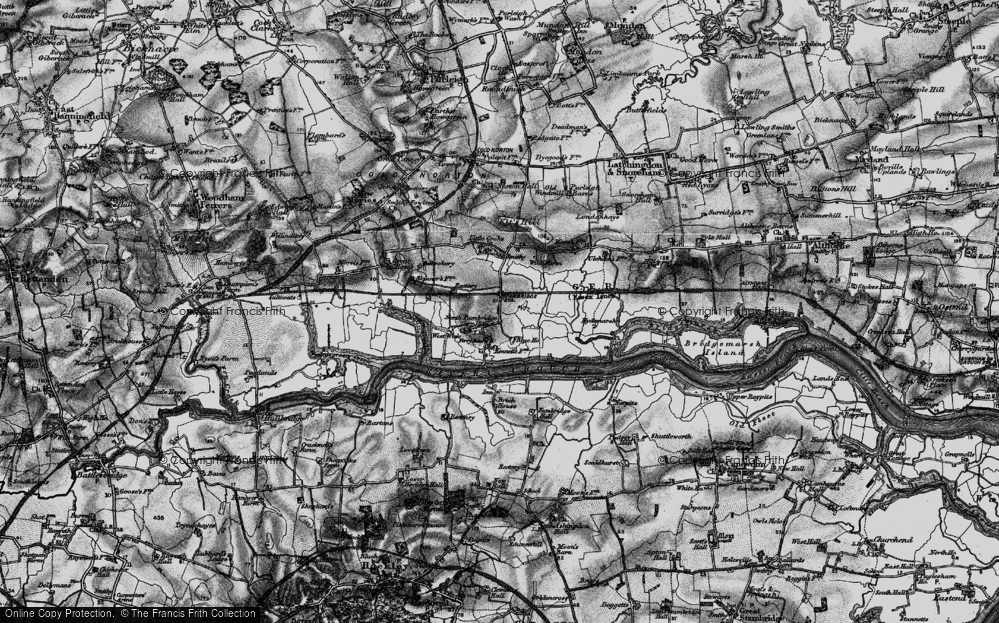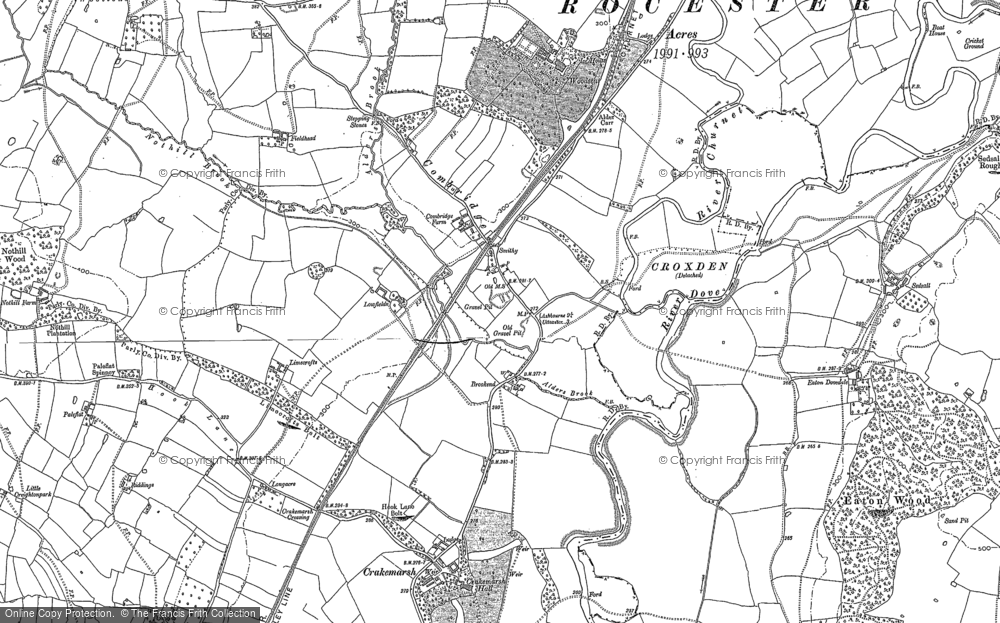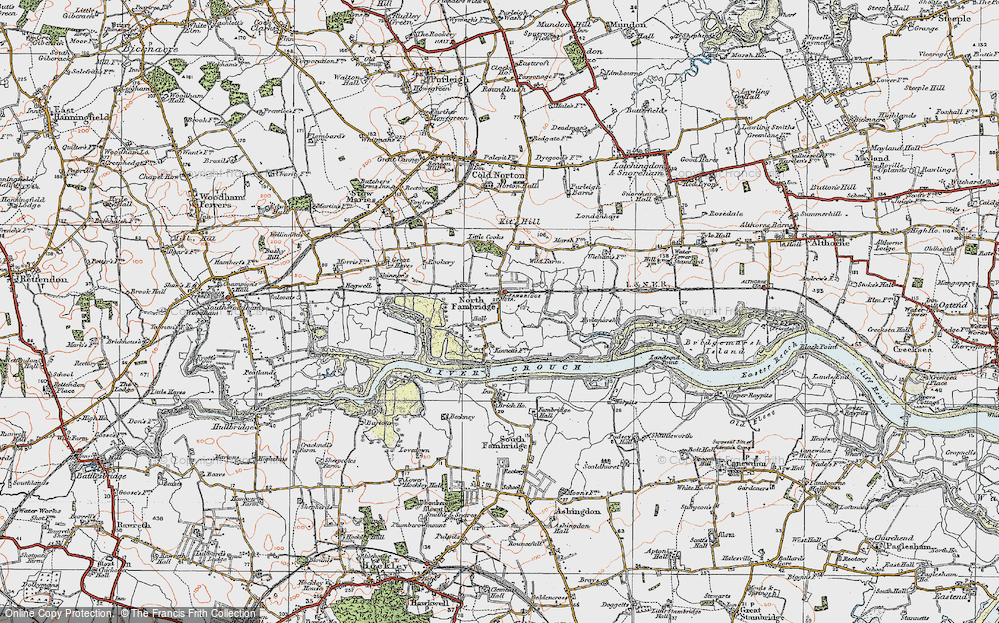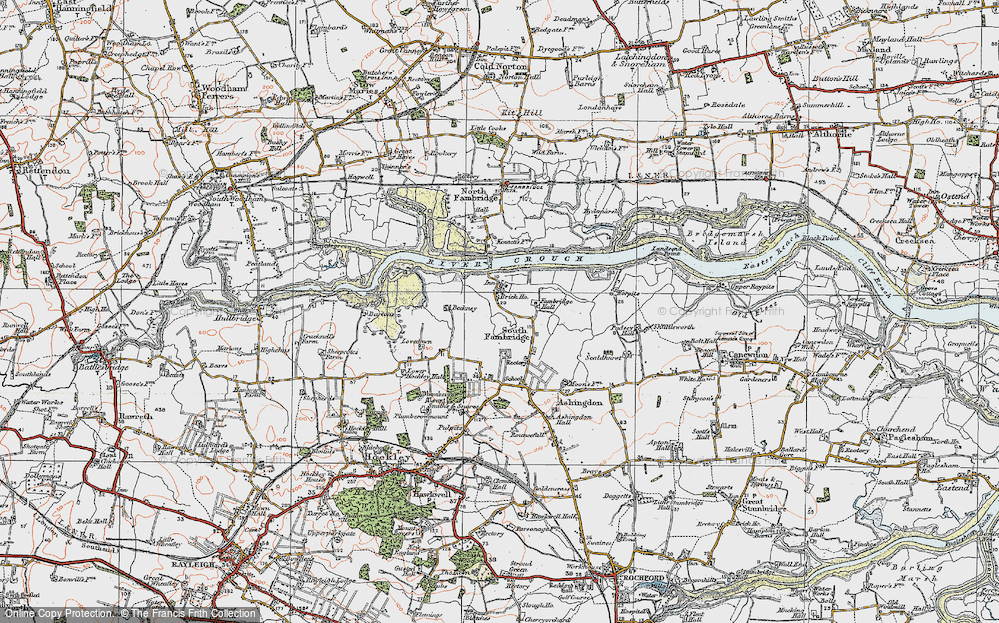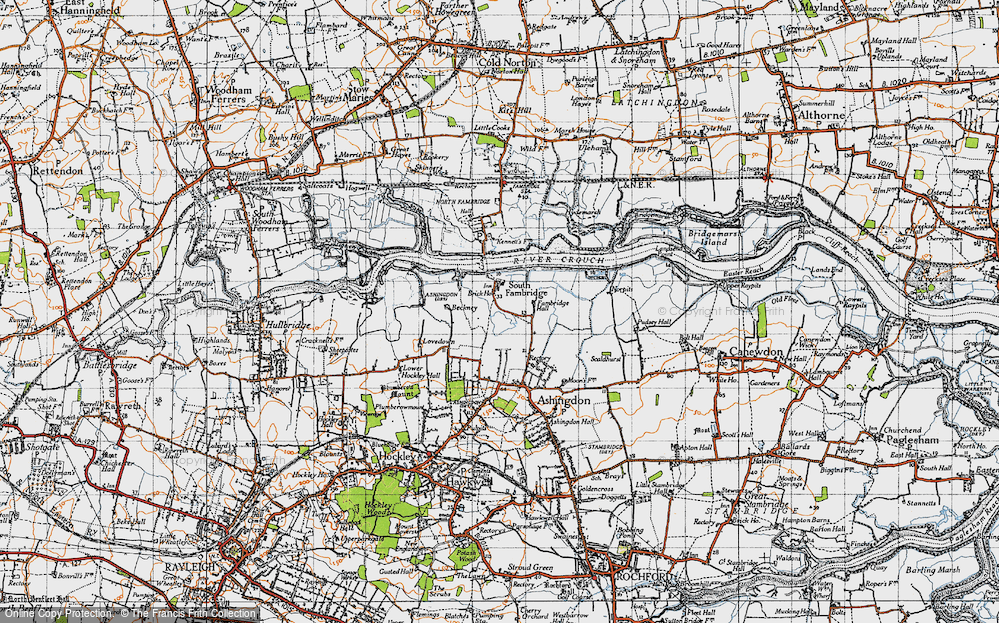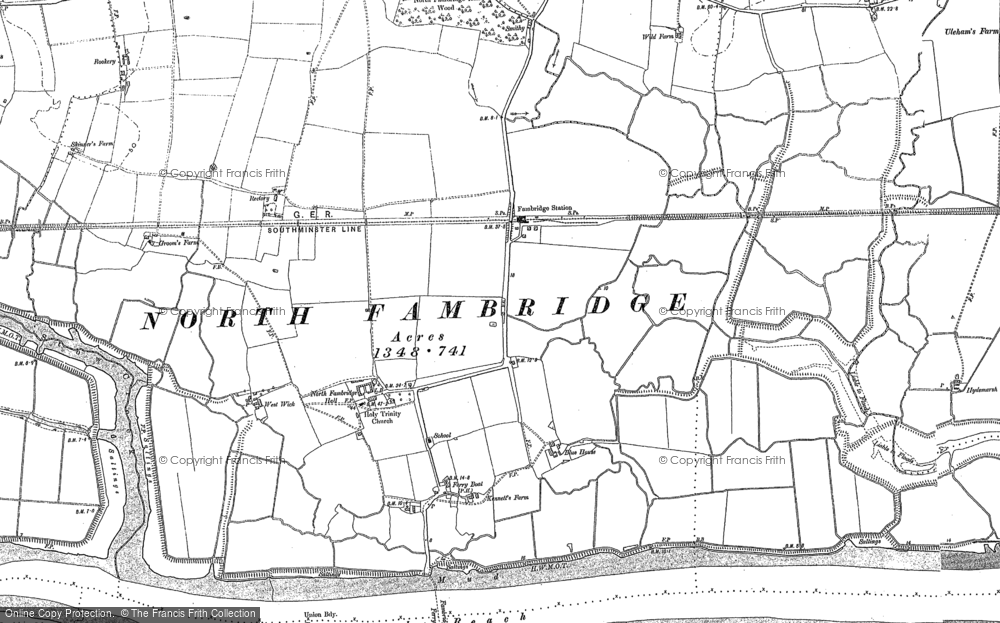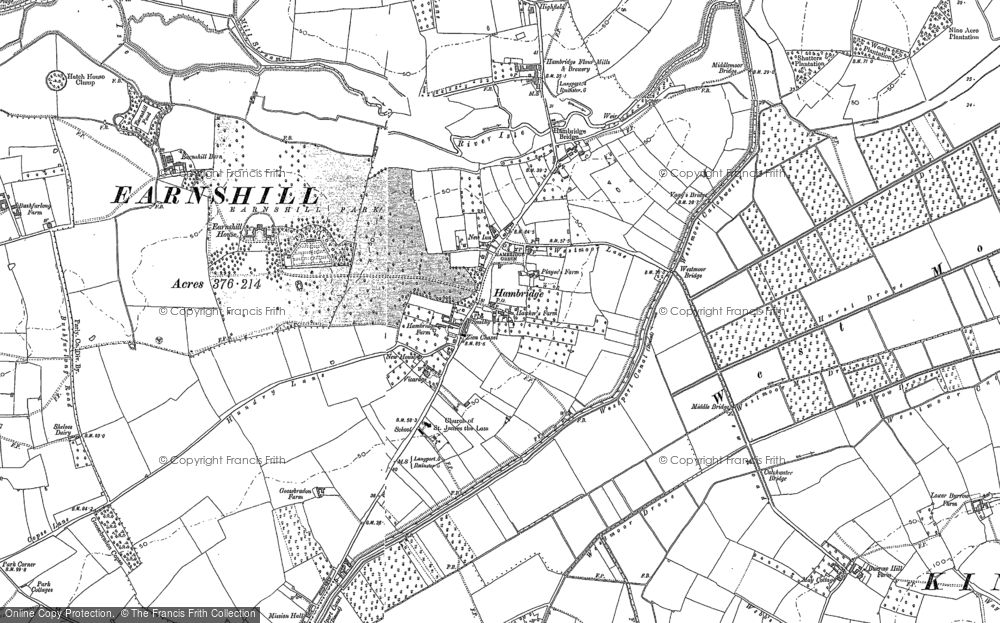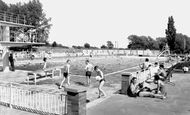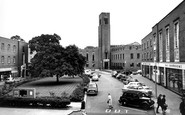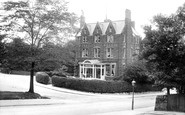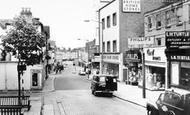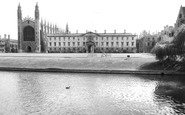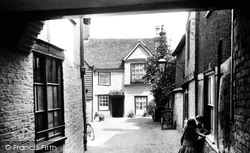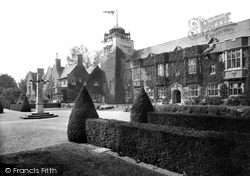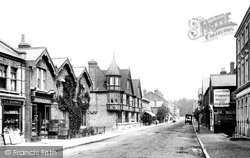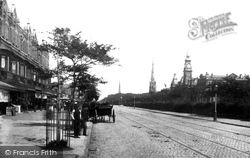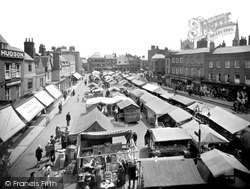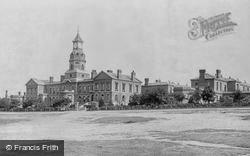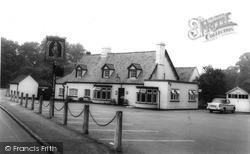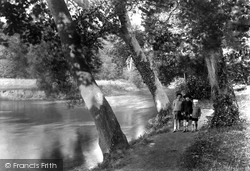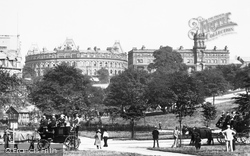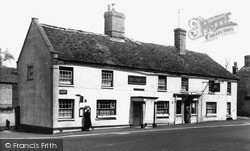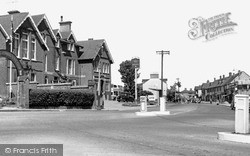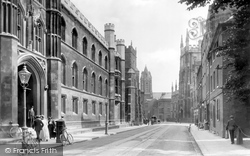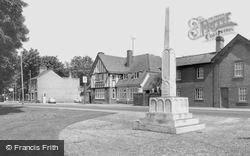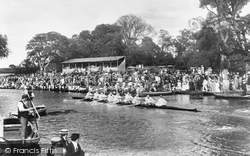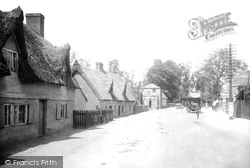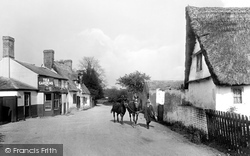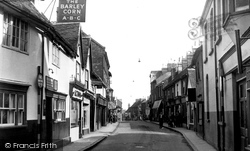Places
9 places found.
Those places high-lighted have photos. All locations may have maps, books and memories.
Photos
1,066 photos found. Showing results 41 to 60.
Maps
52 maps found.
Books
2 books found. Showing results 49 to 2.
Memories
156 memories found. Showing results 21 to 30.
Bedford....Happy Childhood Memories.
I am now in the process of establishing Samuel and Florence DAYS, then address with the Records Office at Bedfordshire County Council. Apparently Sandy Lane and Cardington Lane were mentioned many years ago as well ...Read more
A memory of Bedford in 1953 by
Working At The Bakery In The 1950,S
I was born in my grandma's house in Church St, didn't have a number in those days, when it did it was #13, which was good because I was born on the 13th. I enrolled at the Gamlingay Old School in 1946 in Miss ...Read more
A memory of Gamlingay in 1957 by
Bachpann
I remember as a child flattening out card boards boxes, as we lived on Great Arthur Street, Smethwick, the gardens led onto the canal banks and my brother and my cousins used to slide down to the bottom - what a thrill - and trying to ...Read more
A memory of Smethwick in 1968
Tottenham Lane Post Office
I worked as a telegram messenger at the post office in Tottenham Lane. We delivered telegrams on 250cc BSA motorcycles which covered Highgate Village. We used to go to the British Restuarant opposite Rokerly School ...Read more
A memory of Hornsey in 1945 by
Royal Hotel Ww2 And Afterwards
From 1939 to 1959 I lived in West View, just a couple of hundred yards from the Royal. We were friendly with the proprietress of the time, a Miss Florence Shute. Miss Shute had a brother who lived in our flats and ...Read more
A memory of Ilkley in 1940 by
Memories Of Sandy
I lived in Sandy between about 1963 and 1979 and have seen changes even in that short time. It was a fairly quiet village when we first came in spite of the adjacent A1. I went to St Swithuns school in St Neots Road, then Sandy ...Read more
A memory of Sandy by
Crown Hill And Other Memories
In about 1952 appeared in the scouts gang show at Civic Hall organised by Ralph Reader. In 54 attended my final year prize giving before I left Croydon Sec Tech. Still have picture of this event which appeared in the ...Read more
A memory of Croydon in 1953 by
Royston Army Camp.
Was posted to camp in 1954 and demobbed in 1957.Was called up for National service but the CO persuaded you to sign on as a regular and you got 28 days leave.Probably nowadays they would be Court Marshalled for suggesting ...Read more
A memory of Royston by
Summer Days Beside The Cam
From 1947 to 1956 we lived at Hardwick and drove into Cambridge once a month I enjoyed it on hot summer Saturdays, when we would have a picnic on the backs overlooking Kings College. I remember seeing the sad sight of ...Read more
A memory of Cambridge by
Even More "Ramblings" From A Barking Boy.
My fourth set of memories carries on with shops in Barking. Previously I had recalled those along from Fanshawe Avenue to the station. Over the other side past Cambridge Road was Lloyds bank on the corner, my ...Read more
A memory of Barking by
Captions
140 captions found. Showing results 49 to 72.
With houses crowded together, yards like this were not uncommon in Cambridge.
With houses crowded together, yards like this were not uncommon in Cambridge.
Not part of the University, Westminster College is one of several theological colleges in Cambridge; this one is the college of the Presbyterian Church of England.
It was originally called 'Cambridge Town', but soon changed its name to 'Camberley' to avoid confusion with the university town.
On the right is the clock tower of Cambridge Hall; the clock and chimes were paid for by William Atkinson.
In 1795, the Wisbech Canal was cut along the course of the Well Stream; thus providing communication with Ely, Cambridge and the other local towns, via the network of inland waterways that existed at that
Named after the Duke of Cambridge, Queen Victoria's uncle, this most distinguished of buildings opened as a military hospital in 1879 and remained in use for 117 years.
On the right is the clock tower of Cambridge Hall; the clock and chimes were paid for by William Atkinson.
It was extended in the 1930s when the suburbs of Cambridge extended into Trumpington. The inn was a popular local place for people to ride or walk to.
Undergraduates, including Byron, walked out from Cambridge to this pool for a dip in the summer.
In the background the buildings are Montpelier Parade (left), Cambridge Crescent (centre), and the Prospect Hotel which opened in 1859, but was enlarged in 1870.
It has been altered many times, and possibly enlarged after it was sold to a Cambridge brewer, Henry Mason, in 1823. The bus stop is nearby, and over the porch is written 'coaches welcome'.
In the foreground stands the arch of the Conservative Club, with the solid brick-built Cambridge Hotel next door.The honey-pot style telegraph poles carry lines to the surrounding buildings.
Today's hospital is a vast complex on the southern outskirts of Cambridge, renowned for its special skills in dealing with head injuries.
The market cross dates from 1500, and was intended to be a copy of the one at Cambridge. To the right is the former Market Toll House, adjoining the British School of 1861.
Just beyond is St Botolph's, one of Cambridge's medieval churches.
The Red Lion Inn was built along with the spread of houses out from Cambridge in the 1930s. It faces the war memorial, erected in 1921-22 in memory of those who died in the First World War.
Cambridge has a long history of rowing. The River Cam itself is not wide enough for conventional races, so races called 'Bumps' are held.
Cambridge has a long history of rowing. Because the River Cam itself is not wide enough for conventional races, races called 'Bumps' are held.
Thatched cottages abound in this view; at this time, Trumpington was a village separate from Cambridge.
Cambridge has a long history of rowing. Because the River Cam itself is not wide enough for conventional races, races called 'Bumps' are held.
Cambridge has a long history of rowing. Because the River Cam itself is not wide enough for conventional races, races called 'Bumps' are held.
At this time Trumpington was a village separate from the city of Cambridge. Although only visible from its sign in this photograph, the Green Man is a magnificent timbered public house.
In this photograph we head north-east out of Market Square along Cambridge Street, once known as Bakers Lane, a road that haas seen much change since the 1950s.
Places (9)
Photos (1066)
Memories (156)
Books (2)
Maps (52)


